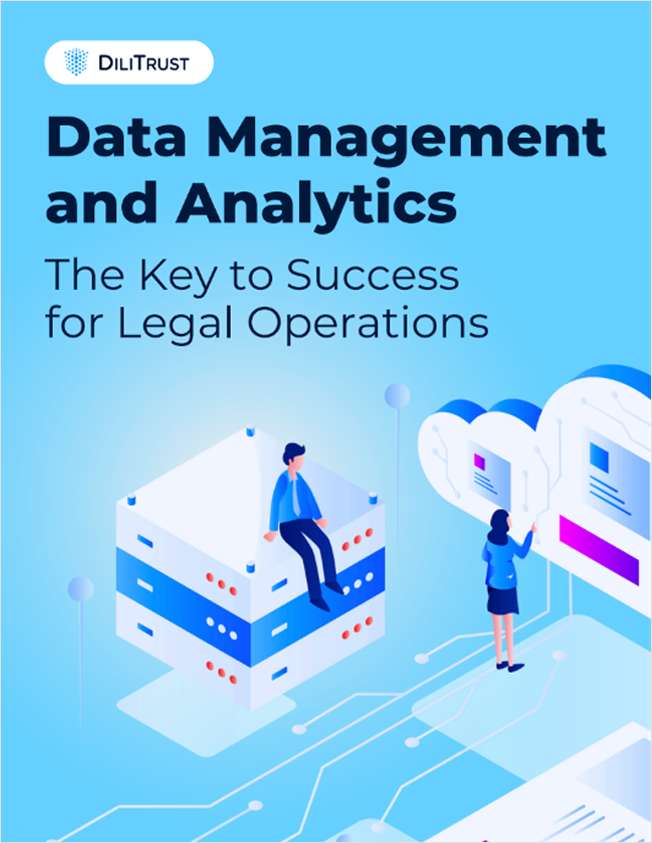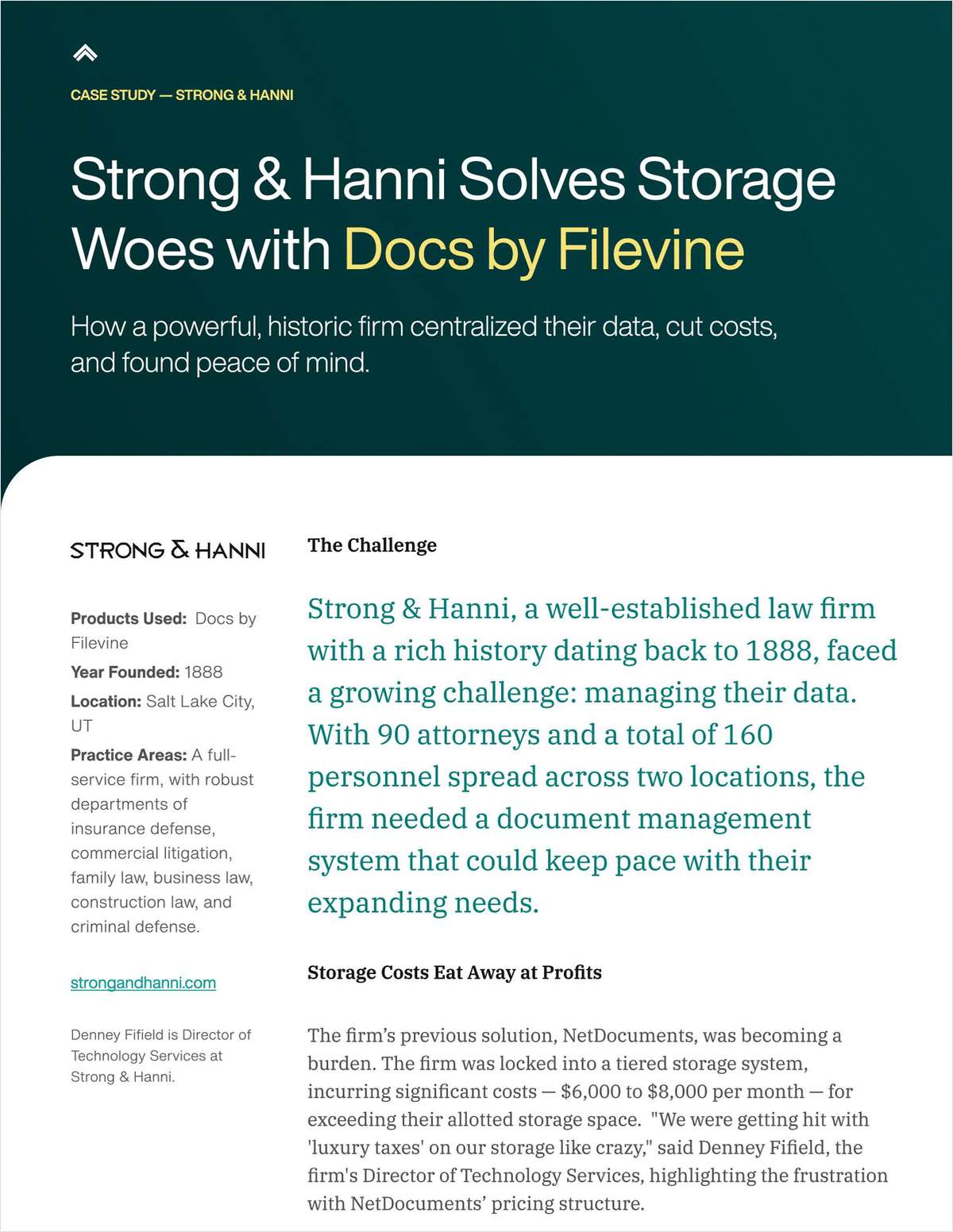Help Decipher Justices' Handwritten Notes Through This Crowdsourcing Project
The crowdsourcing project SCOTUS Notes hopes to unlock some of the mysteries inside the U.S. Supreme Court's closed-door conferences. "They're not just arguing over 'reverse or affirm' but rules of the law. All this rich data is in the conference notes of the discussions they had," political scientist Ryan Black of Michigan State University says.
February 14, 2018 at 01:13 PM
5 minute read
The original version of this story was published on National Law Journal
 An image from the site SCOTUS Notes.
An image from the site SCOTUS Notes.
A crowdsourcing project from two Midwestern universities plans to unlock some of the mysteries inside the U.S. Supreme Court's closed-door conferences.
The project, SCOTUS Notes, aims to “harness the power of citizen scientists or armchair scientists” to transcribe a collection of nearly 50,000 pages of the justices' handwritten conference notes on file at the Library of Congress, Washington and Lee School of Law and Yale Law School, according to political scientist Ryan Black of Michigan State University.
SCOTUS Notes launched on Feb. 13 and in its first six hours, 308 volunteers had signed on and completed just under 2,800 classifications of the notes, the first step before transcribing them, said Black, co-director of the project with Timothy Johnson, professor of political science and law at the University of Minnesota. Black and Johnson have done extensive research on the U.S. Supreme Court.
The initial focus of the project is on 12,600 pages of notes taken by Justices William Brennan Jr. and Harry Blackmun in cases decided between 1959 and 1994, and overlapping notes taken by Blackmun and Brennan between 1970 and 1990. Brennan served from 1956 to 1990, and Blackmun from 1970 to 1994.
Curious about the most secretive meetings in DC? #SCOTUS expert and @PoliSciUMN professor Timothy Johnson just launched @SCOTUSNotes, a project to transcribe handwritten notes from confidential SCOTUS meetings. Join the project & start transcribing at https://t.co/OhjSygPtfR pic.twitter.com/GNRdtpYhTg
— UMN Liberal Arts (@umncla) February 14, 2018
But the “big barrier” to using the notes was “almost all of the time they're in the justices' handwriting,” he added. The answer to that barrier came when Johnson attended an open house at the University of Minnesota for the Zooniverse platform, the largest people-powered online research platform now supported by more than 1.5 million volunteers who help academic research teams with their projects.
“Tim called me and said, 'We can do this now,'” Black said. The two academics submitted a grant proposal to the National Science Foundation, which awarded them a three-year grant for the project using the Zooniverse platform. Although their funding ends in February 2019, they only have a small amount of data collection to complete, “loose ends” in the archives of Justice Lewis Powell Jr.
On the transcription side of the project, Black said many people will look at the same data to ensure accuracy. “There are multiple coders looking at the same sentence,” he said. “They've developed an algorithm that looks at how accurate an individual has been in the past and there will be cases where the algorithm says we need more people to look at an item.”
Black promises “sneak peaks” along the way. “When there are anniversaries of big cases, for example, we'll zoom in and look at what went on behind the scenes. It's an insane amount of fun.”
Read more:
This content has been archived. It is available through our partners, LexisNexis® and Bloomberg Law.
To view this content, please continue to their sites.
Not a Lexis Subscriber?
Subscribe Now
Not a Bloomberg Law Subscriber?
Subscribe Now
NOT FOR REPRINT
© 2024 ALM Global, LLC, All Rights Reserved. Request academic re-use from www.copyright.com. All other uses, submit a request to [email protected]. For more information visit Asset & Logo Licensing.
You Might Like
View All
US Judge Rejects Morgan Stanley Reconsideration Bid in Deferred Compensation Litigation

Transgender Woman Awarded $150K Default Judgment Against Corrections Officer for Alleged Assault

Legal Speak: A Convicted Felon is Coming to the White House. What Happens Now?
1 minute read
AT&T General Counsel Joins ADM Board as Company Reels From Accounting Scandal
Trending Stories
- 1Infant Formula Judge Sanctions Kirkland's Jim Hurst: 'Overtly Crossed the Lines'
- 2Trump's Return to the White House: The Legal Industry Reacts
- 3Election 2024: Nationwide Judicial Races and Ballot Measures to Watch
- 4Climate Disputes, International Arbitration, and State Court Limitations for Global Issues
- 5Judicial Face-Off: Navigating the Ethical and Efficient Use of AI in Legal Practice [CLE Pending]
- 6How Much Does the Frequency of Retirement Withdrawals Matter?
Who Got The Work
Michael G. Bongiorno, Andrew Scott Dulberg and Elizabeth E. Driscoll from Wilmer Cutler Pickering Hale and Dorr have stepped in to represent Symbotic Inc., an A.I.-enabled technology platform that focuses on increasing supply chain efficiency, and other defendants in a pending shareholder derivative lawsuit. The case, filed Oct. 2 in Massachusetts District Court by the Brown Law Firm on behalf of Stephen Austen, accuses certain officers and directors of misleading investors in regard to Symbotic's potential for margin growth by failing to disclose that the company was not equipped to timely deploy its systems or manage expenses through project delays. The case, assigned to U.S. District Judge Nathaniel M. Gorton, is 1:24-cv-12522, Austen v. Cohen et al.
Who Got The Work
Edmund Polubinski and Marie Killmond of Davis Polk & Wardwell have entered appearances for data platform software development company MongoDB and other defendants in a pending shareholder derivative lawsuit. The action, filed Oct. 7 in New York Southern District Court by the Brown Law Firm, accuses the company's directors and/or officers of falsely expressing confidence in the company’s restructuring of its sales incentive plan and downplaying the severity of decreases in its upfront commitments. The case is 1:24-cv-07594, Roy v. Ittycheria et al.
Who Got The Work
Amy O. Bruchs and Kurt F. Ellison of Michael Best & Friedrich have entered appearances for Epic Systems Corp. in a pending employment discrimination lawsuit. The suit was filed Sept. 7 in Wisconsin Western District Court by Levine Eisberner LLC and Siri & Glimstad on behalf of a project manager who claims that he was wrongfully terminated after applying for a religious exemption to the defendant's COVID-19 vaccine mandate. The case, assigned to U.S. Magistrate Judge Anita Marie Boor, is 3:24-cv-00630, Secker, Nathan v. Epic Systems Corporation.
Who Got The Work
David X. Sullivan, Thomas J. Finn and Gregory A. Hall from McCarter & English have entered appearances for Sunrun Installation Services in a pending civil rights lawsuit. The complaint was filed Sept. 4 in Connecticut District Court by attorney Robert M. Berke on behalf of former employee George Edward Steins, who was arrested and charged with employing an unregistered home improvement salesperson. The complaint alleges that had Sunrun informed the Connecticut Department of Consumer Protection that the plaintiff's employment had ended in 2017 and that he no longer held Sunrun's home improvement contractor license, he would not have been hit with charges, which were dismissed in May 2024. The case, assigned to U.S. District Judge Jeffrey A. Meyer, is 3:24-cv-01423, Steins v. Sunrun, Inc. et al.
Who Got The Work
Greenberg Traurig shareholder Joshua L. Raskin has entered an appearance for boohoo.com UK Ltd. in a pending patent infringement lawsuit. The suit, filed Sept. 3 in Texas Eastern District Court by Rozier Hardt McDonough on behalf of Alto Dynamics, asserts five patents related to an online shopping platform. The case, assigned to U.S. District Judge Rodney Gilstrap, is 2:24-cv-00719, Alto Dynamics, LLC v. boohoo.com UK Limited.
Featured Firms
Law Offices of Gary Martin Hays & Associates, P.C.
(470) 294-1674
Law Offices of Mark E. Salomone
(857) 444-6468
Smith & Hassler
(713) 739-1250








